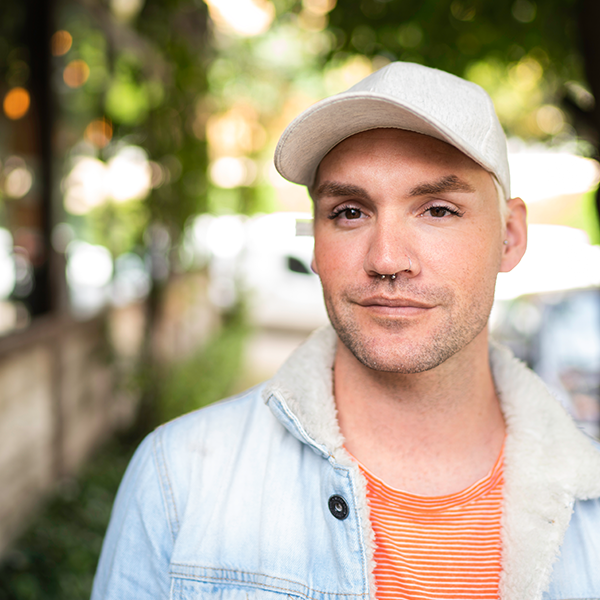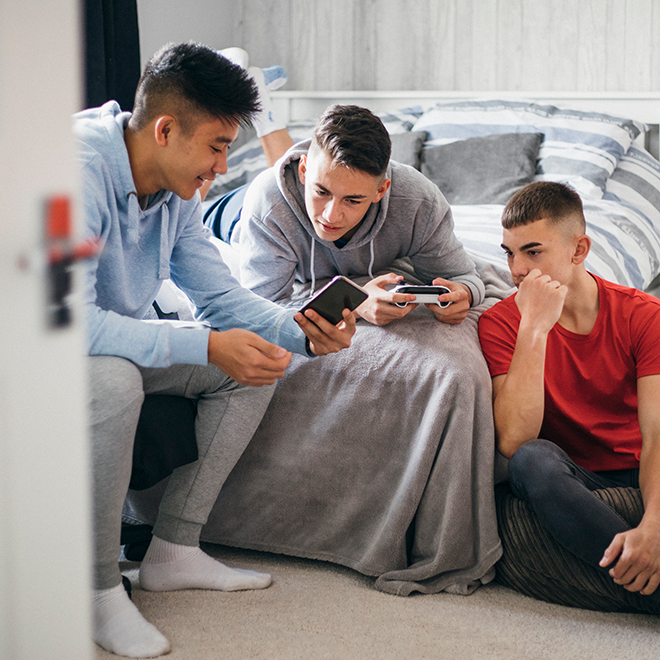Part 2: Men are survivors, too.
This two-part series discusses how sexual abuse is more common amongst men than people think, the importance of breaking stigmas towards survivors and masculinity, and ways to support men survivors. If you missed part one, check it out.
The expectation for men to be sexual


We have all heard the term: “All men want is sex.” It is a common mischaracterization of what men want in a relationship and excludes men on the spectrum of asexuality and other identities. This stereotype enforces the expectation that all men want and enjoy sex, and if they don’t, something is wrong with them physically or mentally and they are shamed. This belief is why men who were assaulted are often told, “They wanted it.” There is an article on Psychology Today about men engaging in unwanted sex. Research shows people believe men can’t be forced to have sex. Due to this common belief, most men who experienced sexual abuse or harassment choose not to report the incident compared to women. Conversations about these topics and reducing the stigma or shame of men coming forward after sexual abuse are essential in catalyzing cultural change for all survivors.
Masculinity, gender, and intersectionality connect
Based on the Center for Intersectional Justice, intersectionality is the “ways in which systems of inequality based on gender, race, ethnicity, sexual orientation, gender identity, disability, class, and other forms of discrimination ‘intersect’ to create unique dynamics and effects.” We need to examine and understand how every group is impacted by sexual violence because each experience is different from someone who identifies differently.
According to the Centers for Disease Control and Prevention (CDC), lesbian, gay, and bisexual people experience sexual violence at similar or higher rates than straight people. One in four men (28.5%) in the U.S. have experienced rape, physical violence, and stalking by an intimate partner in their lifetime. Yet men of color, including Black men, are disproportionately affected by physical violence and sexual assault. In fact, 40.1% of Black men experienced physical or sexual violence and stalking from their intimate partner. Black men experiencing abuse may be less likely to call law enforcement due to fears of their partner being brutalized or killed by the police. Moreover, Black men are two times more likely to be killed by police compared to white men.
According to the British Medical Journal (BMJ), the total numbers of Black, Indigenous, and People of Color (BIPOC) killed in police shootings hasn’t budged over the past five years, prompting the researchers to describe the figures as a “public health emergency.” Native Americans were three times more likely to be shot dead than Whites, Blacks were more than 2.5 times, and Hispanics were 29% more likely; deaths among Asians were significantly lower than among Whites.
Be an ally for male survivors
Sexual assault and abuse are complicated issues, but we need to provide as much support and knowledge as possible to end the stigma and create a world where people, regardless of their identities, don’t fear coming forward when they are abused or assaulted. You may not know the answer, but you can listen, validate the feelings of male survivors, and express empathy. Remember to be there for male survivors and provide resources. We cannot allow this to continue anymore.
If you or someone you know experienced relationship abuse or assault, contact love is respect. Advocates are there to listen and offer support and resources 24/7/365 to all victims and survivors, including men.
By: Zane Landin
love is respect Youth Council Member
Answers shouldn’t be hard to find.
We're here to help!

